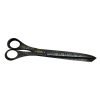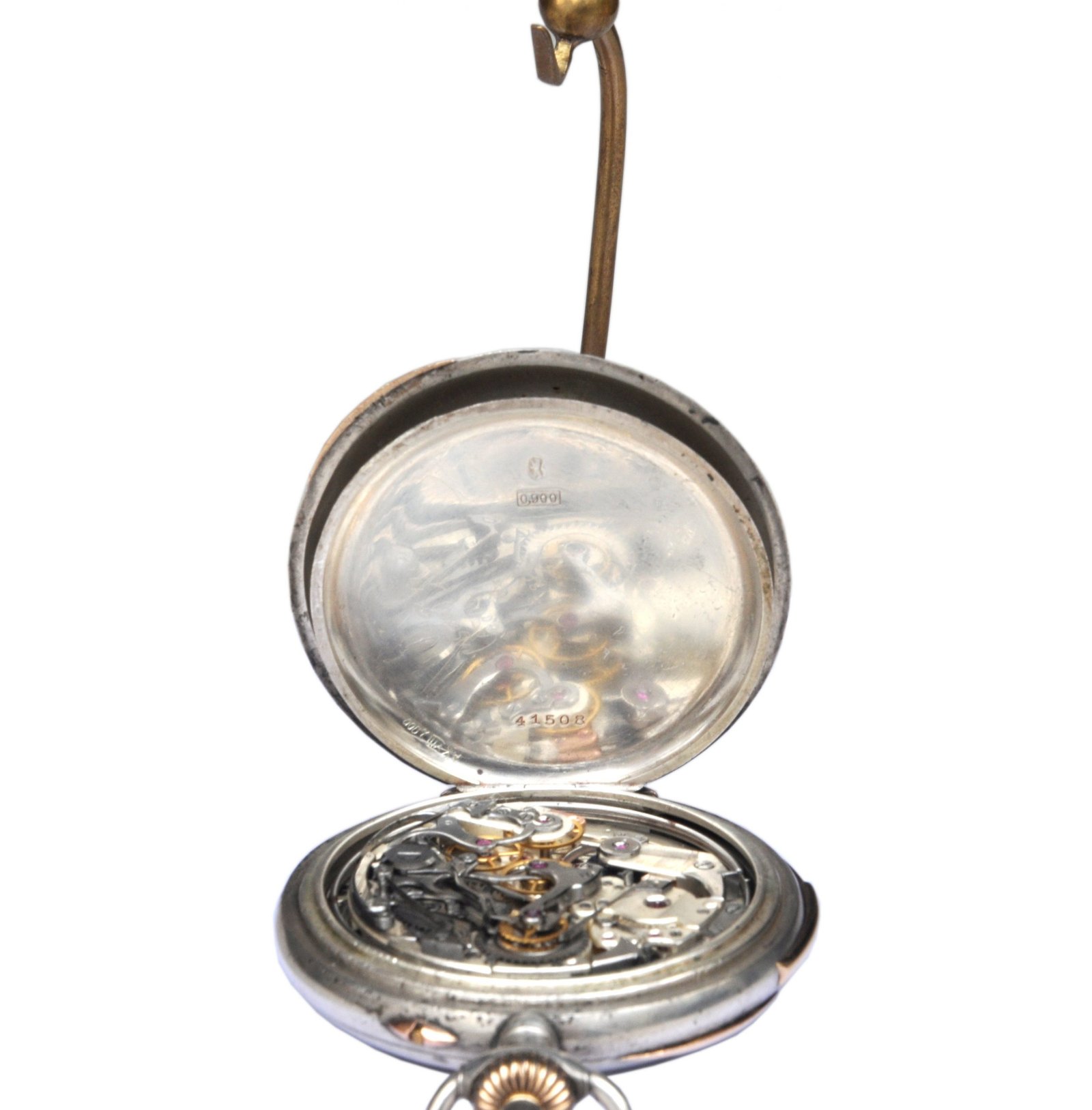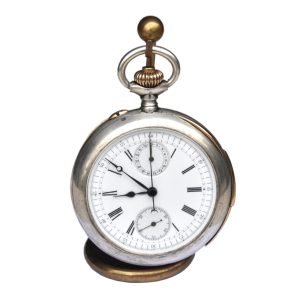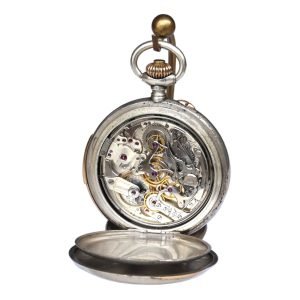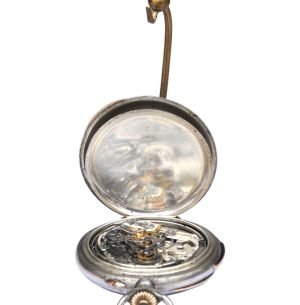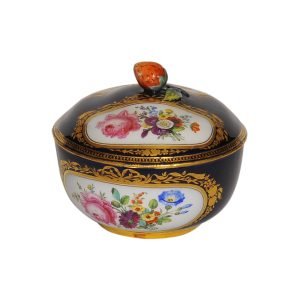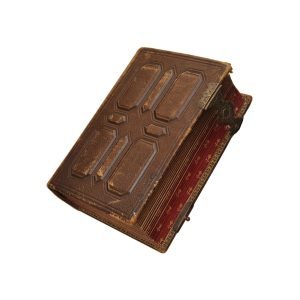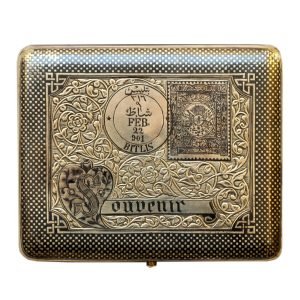Chronograph
A chronograph is a specific type of watch that is used as a stopwatch combined with a display watch. A basic chronograph has an independent sweep second hand; it can be started, stopped, and returned to zero by successive pressure on the stem. More complex chronographs use additional complications and can have multiple independent hands to measure seconds, minutes, hours and even tenths of a second. In addition, many modern chronographs use moveable bezels as tachymeters for rapid calculations of speed or distance. Louis Moinet invented the chronograph in 1816 for use in tracking astronomical objects. Chronographs were also used heavily in artillery fire in the mid to late 1800s. More modern uses of chronographs involve piloting airplanes, car racing, diving and submarine maneuvering.
History
The term chronograph comes from the Greek χρονογράφος (khronográphos ‘time recording’), from χρόνος (khrónos ‘time’) and γράφω (gráphō ‘to write’). Early versions of the chronograph are the only ones that actually used any “writing”: marking the dial with a small pen attached to the index so that the length of the pen mark would indicate how much time had elapsed. The first modern chronograph was invented by Louis Moinet in 1816, solely for working with astronomical equipment. It was Nicolas Mathieu Rieussec who developed the first marketed chronograph at the behest of King Louis XVIII in 1821. The King greatly enjoyed watching horse races, but wanted to know exactly how long each race lasted, so Rieussec was commissioned to invent a contraption that would do the job: as a result he developed the first ever commercialized chronograph. Rieussec was considered the inventor of the chronograph until the Louis Moinet pocket chronograph discovery in 2013 when history was rewritten.
In 1915, Gaston Breitling produced the first chronograph with a central seconds hand and a 30-minute counter. Later, in 1923, Gaston Breitling introduced the first chronograph with a separate pusher at 2 o’clock. In 1934 Willy Breitling further developed the concept of the chronograph with the addition of the second pusher at 4 o’clock. Since then the 3-pusher chronograph design has been adopted by the entire industry.
In 1844 Adolphe Nicole’s updated version of the chronograph was the first to include a re-setting feature which now allowed successive measurements, unlike the constantly moving needle in the original chronograph.
In the early part of the 20th century, many chronographs were sold with fixed bezels marked in order to function as a tachymeter. In 1958 the watch company Heuer introduced a model with a rotating bezel tachymeter for more complex calculations.
Chronographs were very popular with aviators as they allowed them to make rapid calculations and conduct precise timing. The demand for chronographs grew along with the aviation industry in the early part of the 20th century. As the US exploration of outer space initially involved only test pilots, by order of President Dwight D. Eisenhower, chronographs were on the wrists of many early astronauts. Chronograph usage followed a similar trajectory for many fields that involve very precise and/or repeated timing around increasingly more complicated high performance machinery, automobile racing and naval submarine navigation being two examples. As different uses for the chronograph were discovered, the industry responded with different models introducing such features as the flyback (where the second hand could be rapidly reset to zero), minute and hour timers, Rattrapante (or multiple second hands one of which can be stopped and started independently) and waterproof models for divers and swimmers.
Although self winding watches and clockwork have been around since the late 1700s, the automatic (self winding) chronograph was not invented until the late 1960s. In 1969, the watch companies Heuer, Breitling, Hamilton, and movement specialist Dubois Dépraz, developed the first automatic chronograph in partnership. They developed this technology secretly in an effort to prevent other watchmaking houses from releasing an automatic chronograph first, namely their competition Zenith. It was in Geneva and in New York that this partnership shared the first automatic chronograph with the world on March 3, 1969. These first automatic chronographs were labelled “Chrono-matic”.
Many companies sell their own styles of chronographs. While today most chronographs are in the form of wristwatches, in the early 20th century pocket chronographs were very popular.

